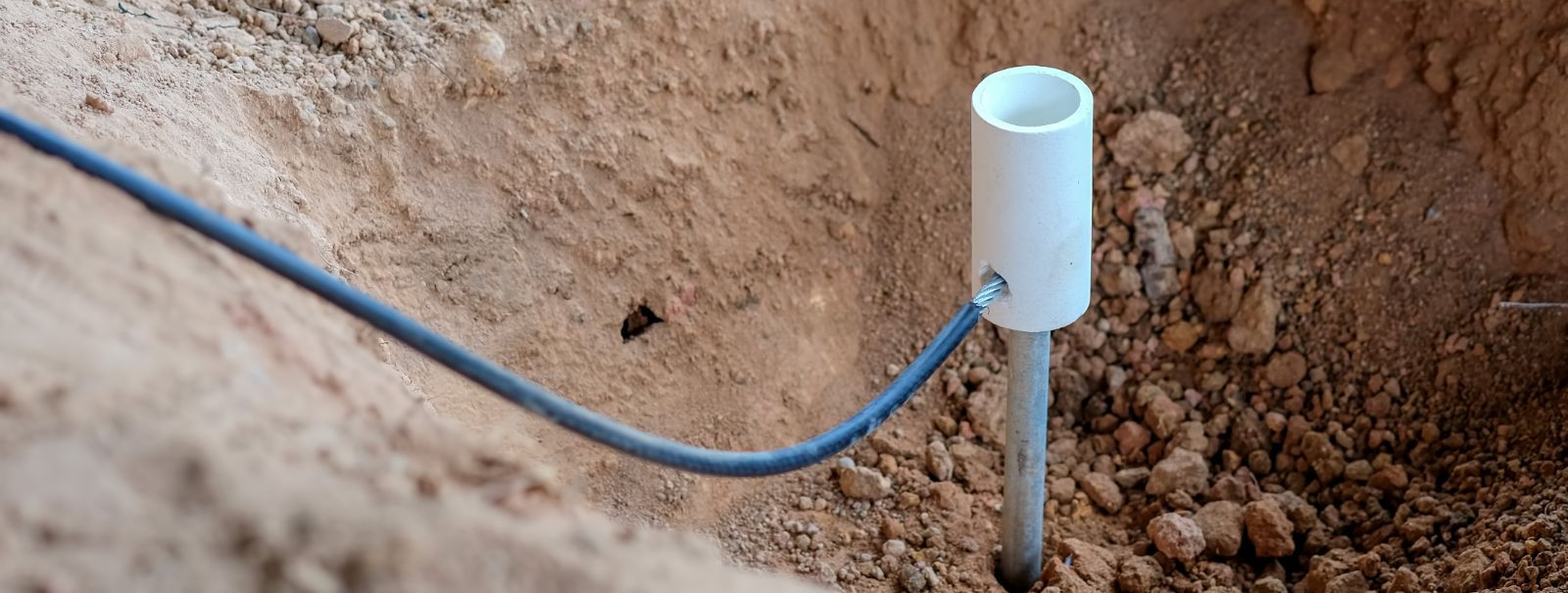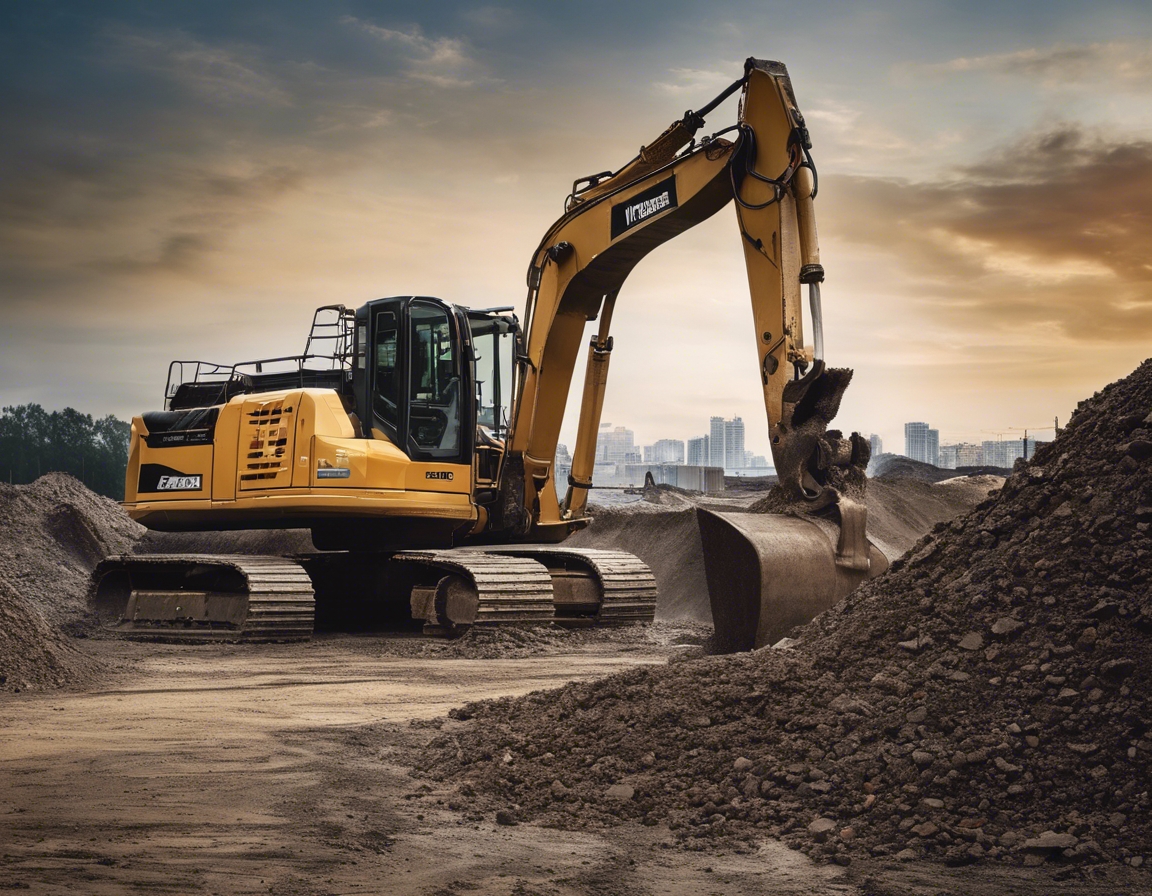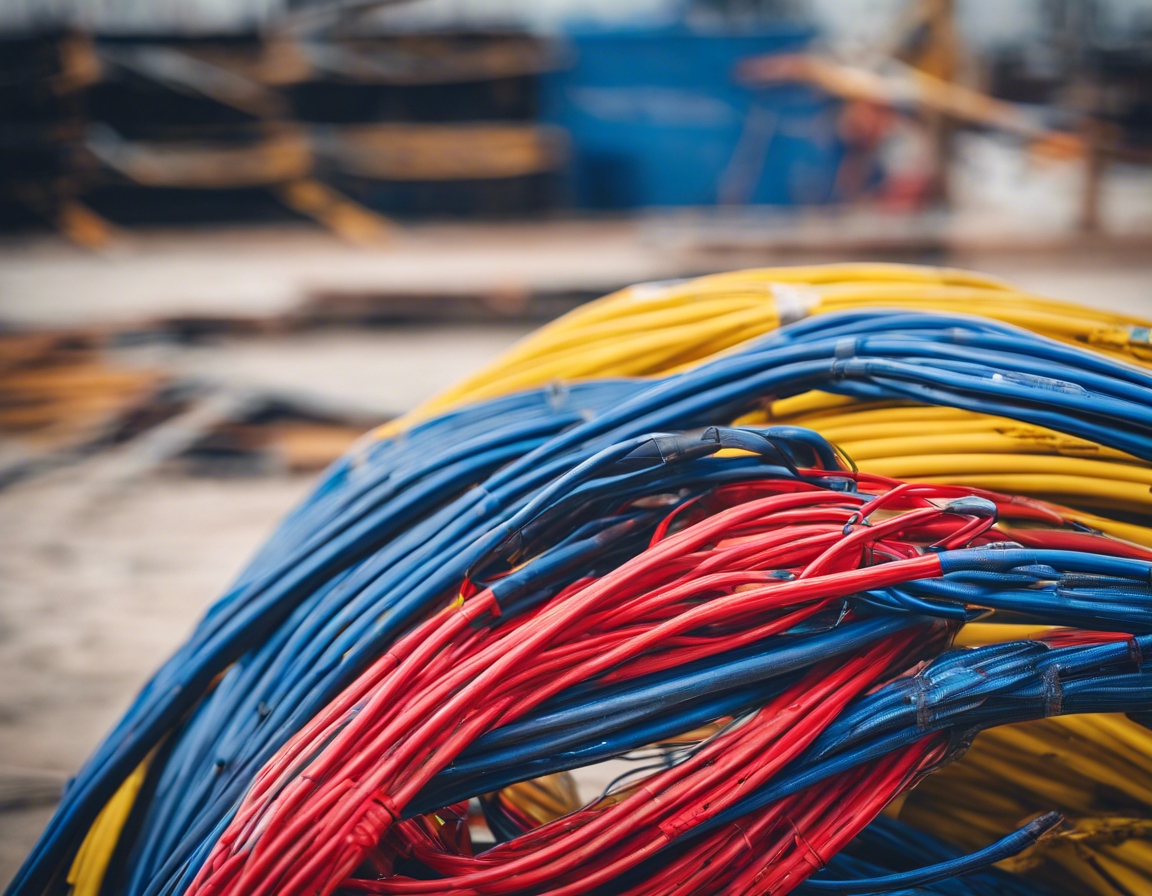Safety standards in excavation and cable transport
In the realm of infrastructure development, ensuring safety during excavation and cable transport is paramount. These processes are integral to the construction and telecommunication industries, where precision and adherence to safety standards can significantly impact project outcomes. This blog delves into the critical safety standards that govern these activities, highlighting their importance and implementation.
Importance of Safety in Excavation Projects
Risk assessment is the cornerstone of any excavation project. Identifying potential hazards, such as underground utilities, unstable soil, and weather conditions, is crucial. Effective risk management strategies involve continuous monitoring and the implementation of preventive measures to mitigate identified risks.
Compliance with local and international regulations is mandatory for excavation projects. These regulations are designed to protect workers, the public, and the environment. Adhering to these standards not only ensures safety but also avoids legal repercussions and project delays.
Key Safety Standards in Excavation
Personal Protective Equipment is essential for safeguarding workers against potential hazards. Helmets, gloves, safety boots, and high-visibility clothing are standard PPE items that must be worn at all times on-site.
Site safety measures include proper signage, barriers, and lighting to prevent unauthorized access and accidents. Regular site inspections and maintenance of safety equipment are also critical components of site safety.
Ensuring that all excavation equipment is well-maintained and operated by trained personnel is vital. Equipment safety protocols include regular inspections, adherence to operational guidelines, and immediate reporting of any malfunctions.
Safety Standards in Cable Transport
Proper handling and installation of cables are crucial to prevent damage and ensure safety. This involves using appropriate tools and techniques, as well as following manufacturer guidelines and industry standards.
Electrical safety is a significant concern in cable transport. Measures such as grounding, insulation, and the use of circuit breakers are essential to prevent electrical hazards.
Environmental considerations include minimizing the impact of excavation and cable transport on the surrounding ecosystem. This involves careful planning and execution to avoid soil erosion, water contamination, and disruption of local wildlife.
Training and Certification for Safety Compliance
Training programs are vital for equipping workers with the knowledge and skills necessary to perform their tasks safely. These programs cover various aspects of safety, including hazard recognition, emergency response, and equipment operation.
Certification ensures that workers and companies meet the required safety standards. It is often a prerequisite for participating in large-scale projects and is a testament to a company's commitment to safety.
Technological Advancements in Safety
Drones and robotics are revolutionizing safety in excavation and cable transport. They provide real-time data and enhance precision, reducing the risk of human error and improving overall safety.
Software solutions offer comprehensive safety management tools, enabling companies to track compliance, manage risks, and streamline safety protocols. These technologies facilitate better communication and coordination among teams, enhancing safety outcomes.






Comments (0)